Editorials
Remembering That Time Nicolas Cage Battled Satanists in ‘Drive Angry’

What is it with Nicolas Cage and evil cults? From the trashy thrills of his Wicker Man remake to the stylized hyper-violence of Mandy, the veteran actor has taken out countless crazed believers throughout the course of his long and varied career, and I don’t think he’s about to stop anytime soon. That being said, there’s only one Nick Cage flick where he gets into a shoot-out with homicidal Satanists while continuing to have sex with a waitress – and that would 2011’s underrated neo-grindhouse thriller, Drive Angry – a near-perfect example of Horror Adjacent cinema.
Hot off the success of 2009’s surprisingly profitable My Bloody Valentine 3D (which I’d argue is one of the best horror remakes of the 2000s), director Patrick Lussier wanted to keep experimenting with new 3D technology in a more action-packed cinematic playground. Inspired by the sleazy exploitation flicks of the 70s (as well as classics like Vanishing Point and The French Connection), Lussier and frequent collaborator Todd Farmer came up with a story about an elderly man escaping hell in order to exact revenge on an evil cult.
Executives were already impressed with Lussier’s work on MBV3D, so the studio set aside a much larger budget for his next 3D project. While this support would be enough to finance more elaborate gore effects (courtesy of Hellraiser veteran Gary J. Tunnicliffe), not to mention quite a few practical car explosions, it wasn’t quite enough to allow Lussier to bring the hyper-reality of his and Farmer’s story to life in the way they had originally envisioned.
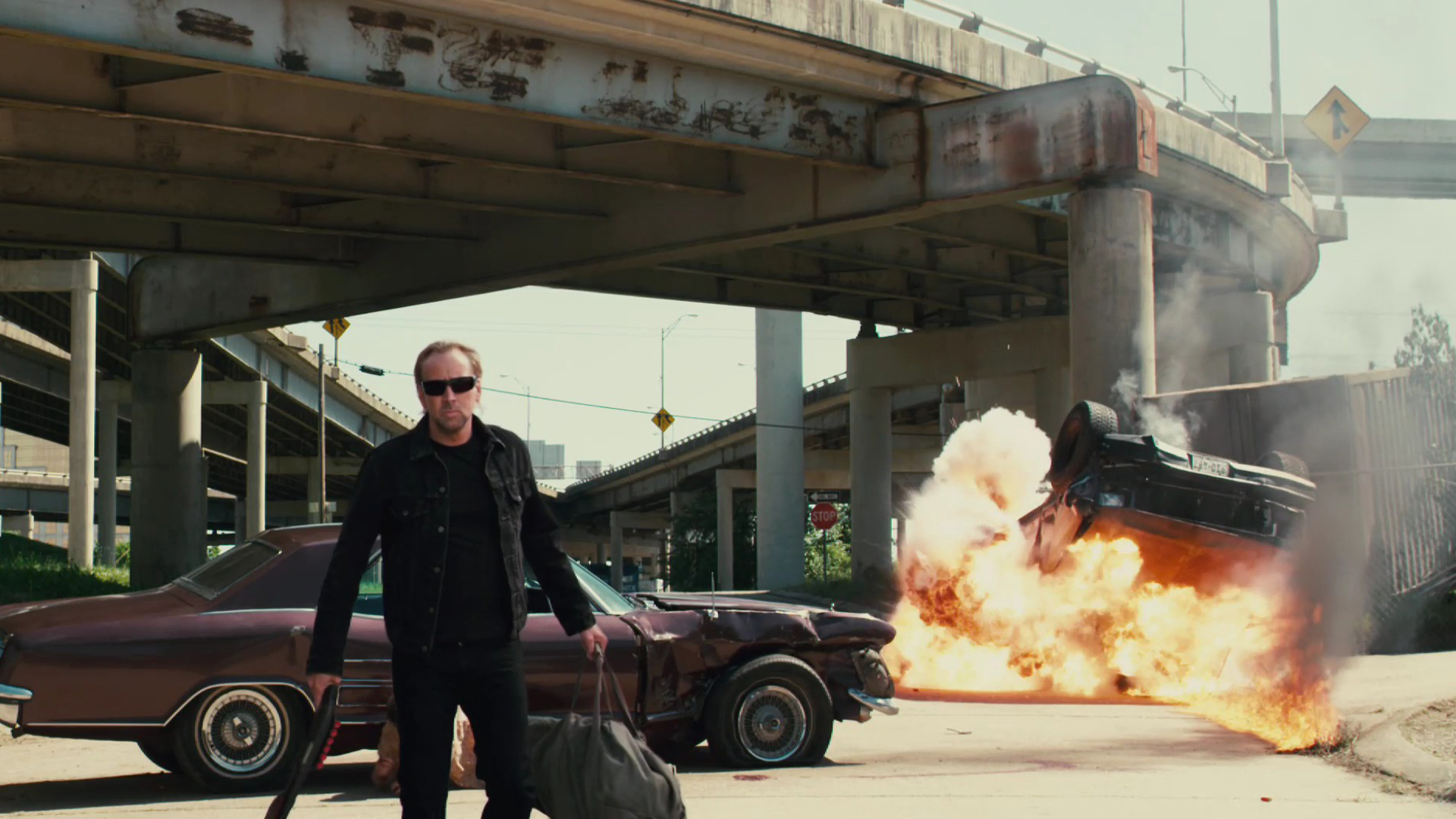
Thankfully, Nicolas Cage became interested in the production once it was confirmed that that the film would carry a hard R rating. The actor had previously been disappointed with projects like Season of the Witch, where a solid adult-oriented script had been butchered by producers looking to cash in on the PG-13 demographic, so he relished the opportunity to act in something a bit more violent. Farmer would then rewrite the main character to better match Cage, which I think worked out to the movie’s benefit.
In the finished film, we follow Nicolas Cage as the cheekily named John Milton, a man who escapes from hell with a soul-destroying gun in order to hunt down the cult leader (Billy Burke) that murdered his daughter and kidnapped her child. Along the way, he’s helped by runaway waitress Piper (Amber Heard) and her 1969 Dodge Charger, with the duo being hunted by a mysterious supernatural figure known only as “The Accountant” (William Fichtner).
SO WHY IS IT WORTH WATCHING?
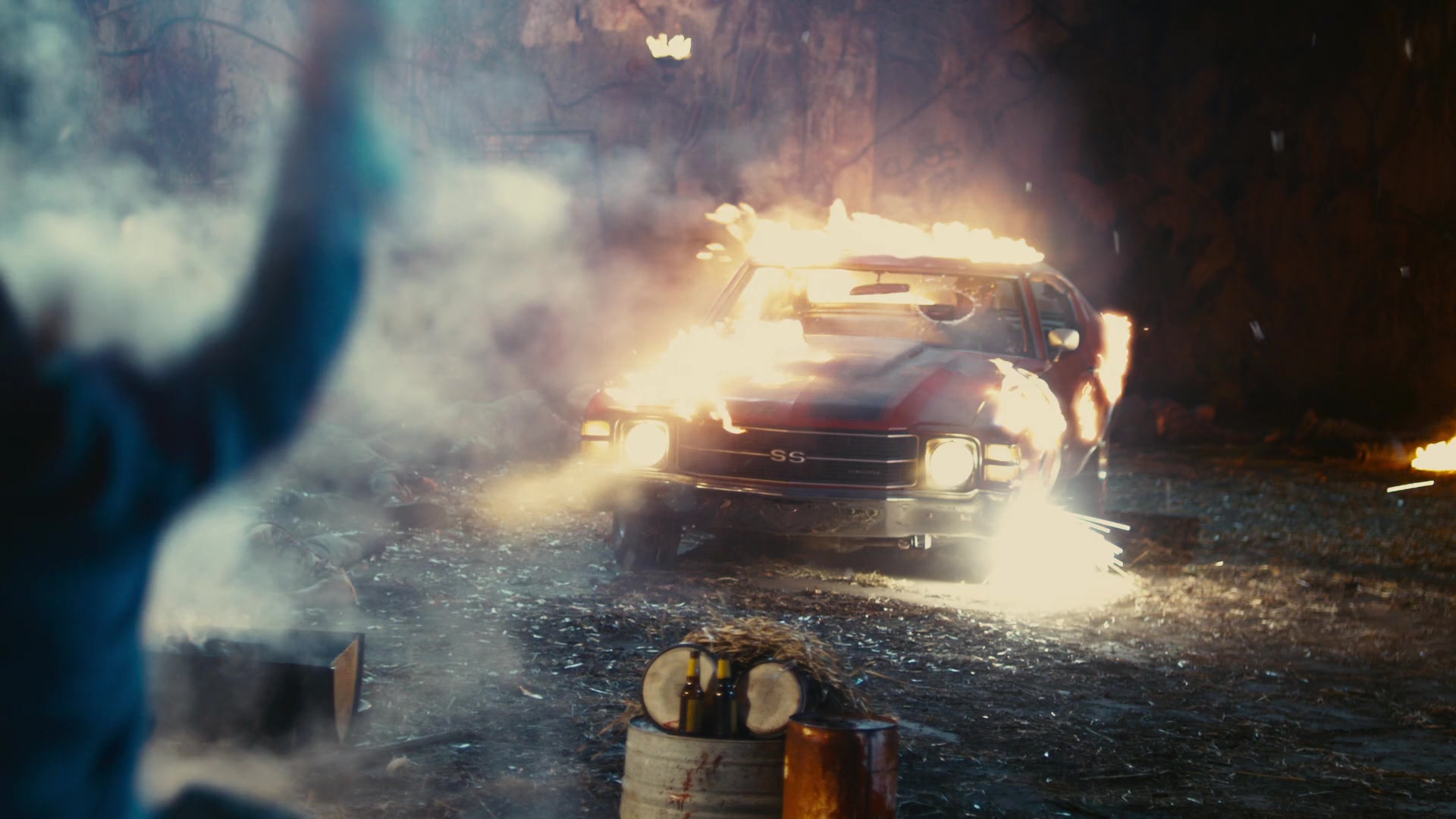
Drive Angry had the rotten luck of releasing during the early year dead zone at a time when audiences were already starting to get jaded with the 3D gimmick (which might have something to do with the absurd amount of blockbusters relying on haphazard post-conversion technology rather than actual stereoscopic cameras). And yet, even critics who despised the film admitted that it was destined to find success among the midnight movie crowd – and they were right.
In fact, I think there’s plenty to love about this high-octane adventure. It may not have the same charmingly grimy aesthetic as Rodriguez and Tarantino’s Grindhouse (or even the criminally underrated Hobo with a Shotgun), but Drive Angry is still haunted by the spirit of a low-brow 70s genre flick. From the ironic use of tropes to the excessively mean-spirited action, you get the feeling that this exact same script could have been produced half a century ago (though cheap film stock and a complete lack of CGI would probably have resulted in a more entertaining final product).
The action itself is also remarkable when you consider the film’s budget. Sure, many of the set-pieces feel cheap, with the villain’s main vehicle being an easily replaceable RV and some of the more expensive stunts being brought to life through dated-as-hell CGI, but it’s been a long time since I’ve seen so much practical vehicular carnage outside of a $100 million production.
There’s also Cage himself, with the actor delivering a surprisingly subdued performance as a hardened badass with a heart of gold. While he doesn’t scream like an unhinged banshee or even pee fire in this one, you’d have to be a pretty jaded cinephile to resist cracking a smile when you see Cage intentionally drive his car through a satanic bonfire in order to turn the vehicle into a flaming battering ram.
Lastly, I’m a fan of the flick’s badass soundtrack, though your mileage may vary depending on how much you enjoy dad rock (which is appropriate, considering that this is one of Axl Rose’s favorite movies).
AND WHAT MAKES IT HORROR ADJACENT?
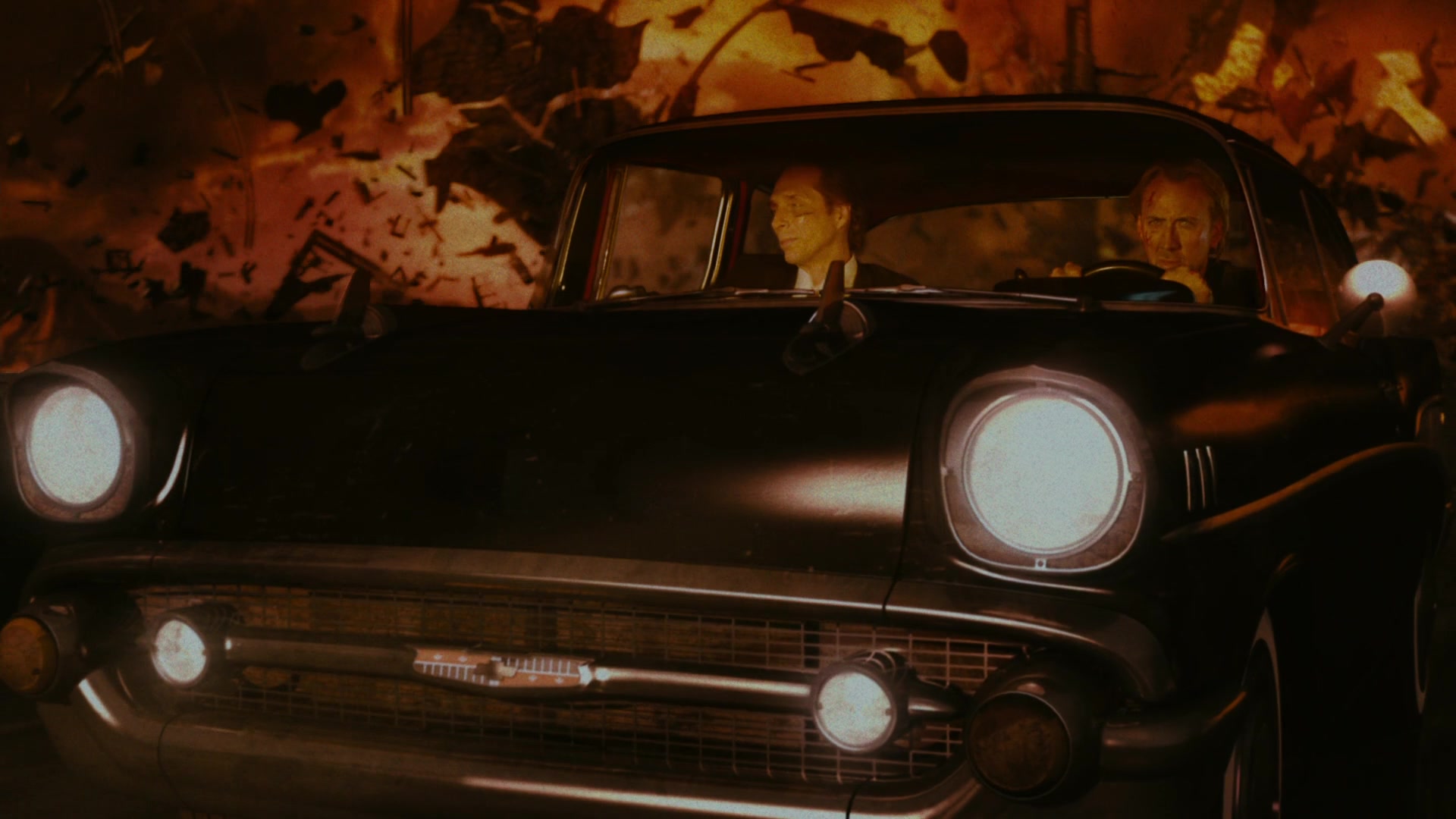
While it doesn’t take a genius to figure out why a film about a guy literally escaping from hell in order to fight Satanists would be a horror adjacent experience, Drive Angry warrants discussion due to the fact that it was made by a team that already excelled at genre storytelling.
From the cartoonishly entertaining gore effects (which are even more fun in three dimensions) to the gratuitously evil villain, horror fans are going to have a field day with this one. I also love how the filmmakers allow Cage’s character to get just as bloody and messed up as his enemies throughout the flick’s many shoot-outs. And if that’s not enough to justify the movie’s genre pedigree, we even get to see Tom Atkins in a brief role as a sheriff out for blood!
There’s also the interesting supernatural mythology here. While it’s not exactly Hellblazer levels of lore, the film sets up some interesting concepts surrounding the nature of the Devil and his annoyance with satanic sacrifices that give him a bad name. And while Burke gave a fun performance as a Manson-inspired maniac, Fichtner’s Accountant is the most fascinating character here besides Milton himself, with his impartial demeanor and magical coin heavily implying that he’s actually supposed to be Death.
Equal parts Supernatural and Fast & Furious (while also feeling like an unofficial Ghost Rider spin-off), Drive Angry has a lot going for it if you can ignore some janky filmmaking every now and then. It may not be the best that the neo-grindhouse revival has to offer, but if you’re a fan of schlocky action flicks with a foot in supernatural horror, I think you’ll have fun with this Cage-heavy b-movie.
There’s no understating the importance of a balanced media diet, and since bloody and disgusting entertainment isn’t exclusive to the horror genre, we’ve come up with Horror Adjacent – a recurring column where we recommend non-horror movies that horror fans might enjoy.

Editorials
‘The Strangers: Chapter 1’ – Six Things We Learned from the Blu-ray Commentary

Lionsgate’s The Strangers: Chapter 1 launches a reboot trilogy based on the 2008 home invasion film, all three movies shot simultaneously under the direction of Renny Harlin.
To tide you over until Chapter 2, Chapter 1‘s home video release offers an audio commentary from star Madelaine Petsch and producer Courtney Solomon that hints at what’s to come.
Here are six things I learned from The Strangers: Chapter 1 commentary.
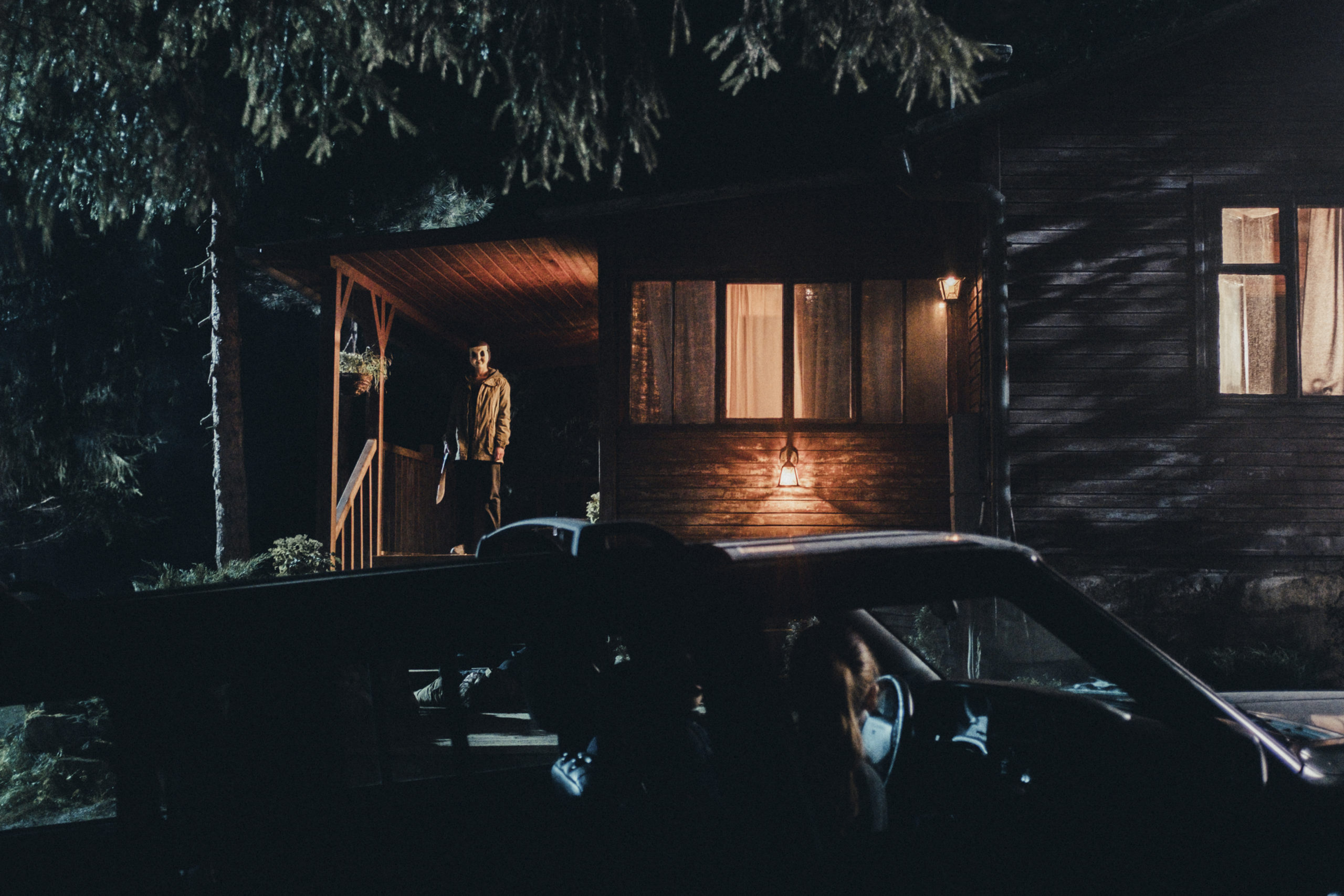
1. The opening music cue was inspired by The Shining.
The film’s opening establishing shot roving over the woods — with Bratislava, Slovakia standing in for the small town of Venus, Oregon — evokes the beginning of Stanley Kubrick’s The Shining, which was also a point of reference for the score.
“When we were scoring this, we looked at The Shining,” says Courtney Solomon, referring to Wendy Carlos’ iconic main title theme. “‘Cause we were looking for how, even though it’s dated, they were in that open, sort of everything environment, musically.”
Justin Caine Burnett (I’ll Always Know What You Did Last Summer, 9-1-1: Lone Star) composed the score.
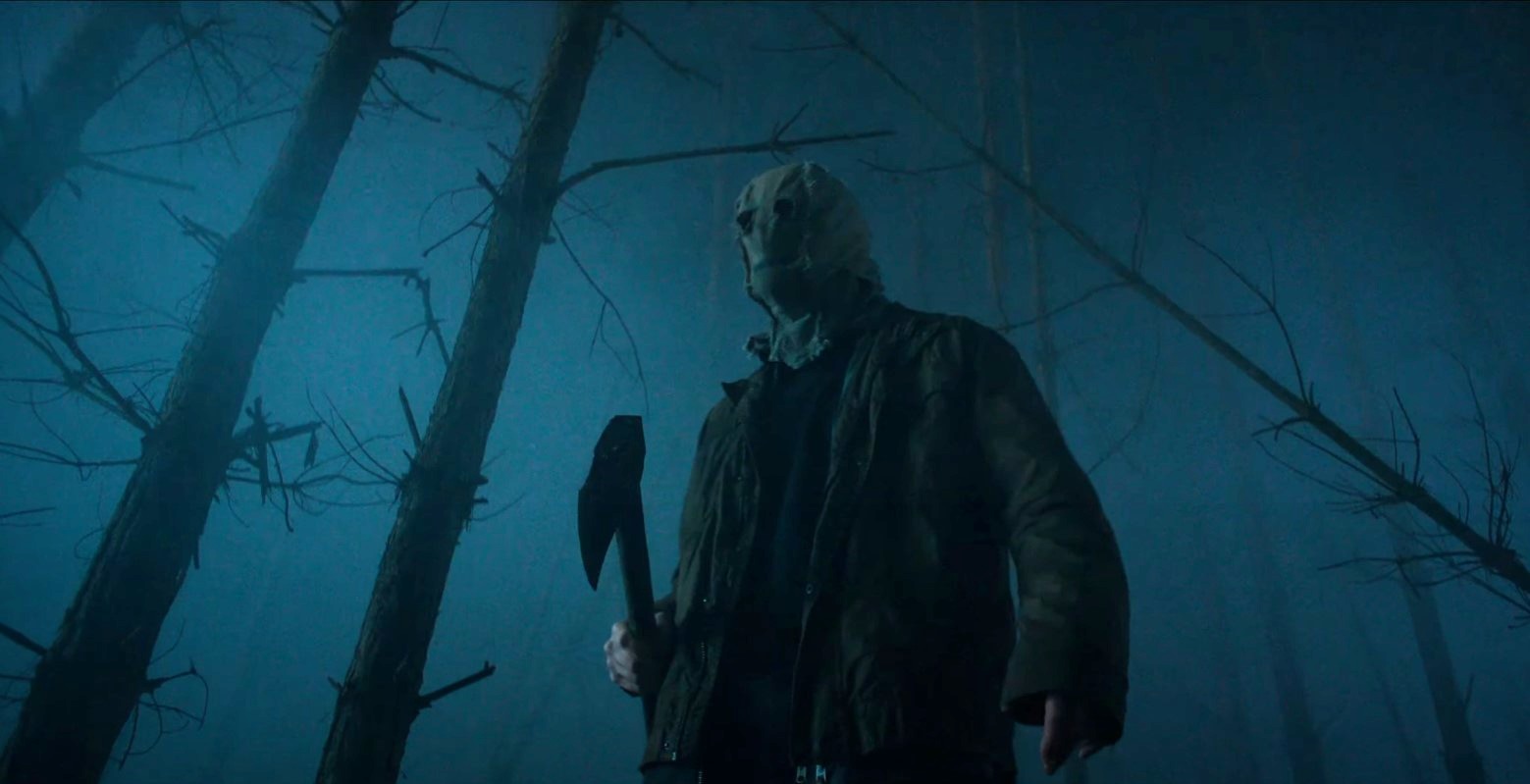
2. The cold open features an important character to the trilogy.
Shot together like one long movie, The Strangers trilogy will take place over a four-day period, with each subsequent entry picking up immediately after its predecessor’s finale.
Chapter 1‘s cold open features actor Ryan Bown — doing his own stunts, as Petsch points out — as a character who will play a bigger role in the coming installments.
“Jeff Morell, we’ll come to find out who this guy is as we go through all three chapters, but we sort of begin here,” Solomon notes.
“He’s a pretty important piece to this puzzle,” teases Petsch. “Some might say the piece.”
They also hint that viewers haven’t seen the last of Rachel Shenton’s Debbie, who Petsch’s Maya talks to on FaceTime, along with many of the townspeople from the diner scene.

3. Petsch was terrified of the project due to her love of the original film.
The shadow of the original Strangers looms large over Chapter 1. Petsch is “such a fan” that she was hesitant about doing a new version:
“I was terrified to touch that property. I think it’s an incredibly perfect horror film. I’ve seen so many horror films, and I feel like it’s one of the only ones that’s truly scared me to my bones, that I still think about all the time. So as we were trying to expound upon that story, with the second and third movies, we had to naturally repel the first story.”
Solomon similarly thinks highly of the original:
“I love the original Strangers. I wasn’t as big a fan of the sequel [2018’s The Strangers: Prey at Night], because it was just another story in a trailer park with the Strangers. I didn’t love that two of the Strangers got killed. That was just me personally; there are people that liked it. I was like, ‘I’d like to do something more interesting.’ In order to do it, to find that balance of retelling what made the first one so great as the basis to be able to launch off and tell the rest of the story.”
Petsch adds, “As we know, at the end of the first one, one of the last shots is Liv [Tyler]’s eyes opening. I’ve always wondered what happens after that.”
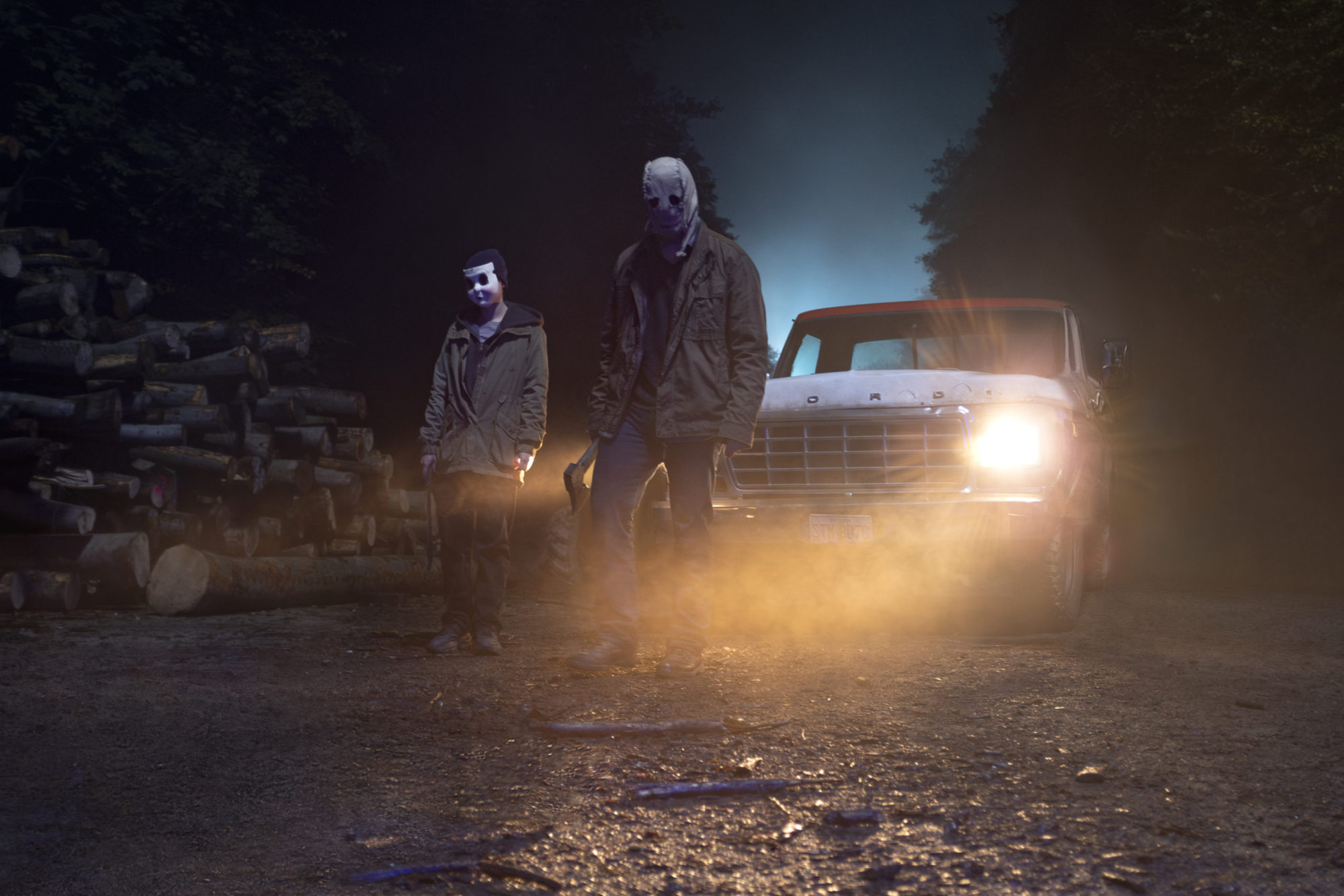
4. The killers’ hair is concealed to hide their identity.
Although the filmmakers opted to keep the look of the titular Strangers true to the original, Dollface and Pin-Up Girl’s hair is now concealed. This was a “purposeful change” to hide their identities, which will presumably be revealed later in the trilogy.
“We had a specific reason for doing it, obviously, because you do end up meeting a bunch of the folk from this small town,” explains Solomon. “You don’t know who’s wearing the mask, so if we had given up the hair that would make that identification a little bit easier.”

5. Petsch conceived the shower scene based on a personal fear.
In addition to starring in all three films, Petsch is an exclusive producer on the trilogy. More than a mere vanity credit, she had creative input throughout the stages of production, including the addition of Chapter 1‘s shower scene.
“This was not in the original script, the shower. Maybe our first week we were talking about what would be the scariest thing for me if I was in a situation like this,” she recalls. “I shared with you that every time I take a shower and I’m at the point where there’s suds of soap in my eyes and I’m shampooing, I’m always sure that’s when the serial killer’s gonna walk in. So we wrote this in, because I think that must be a common experience.”
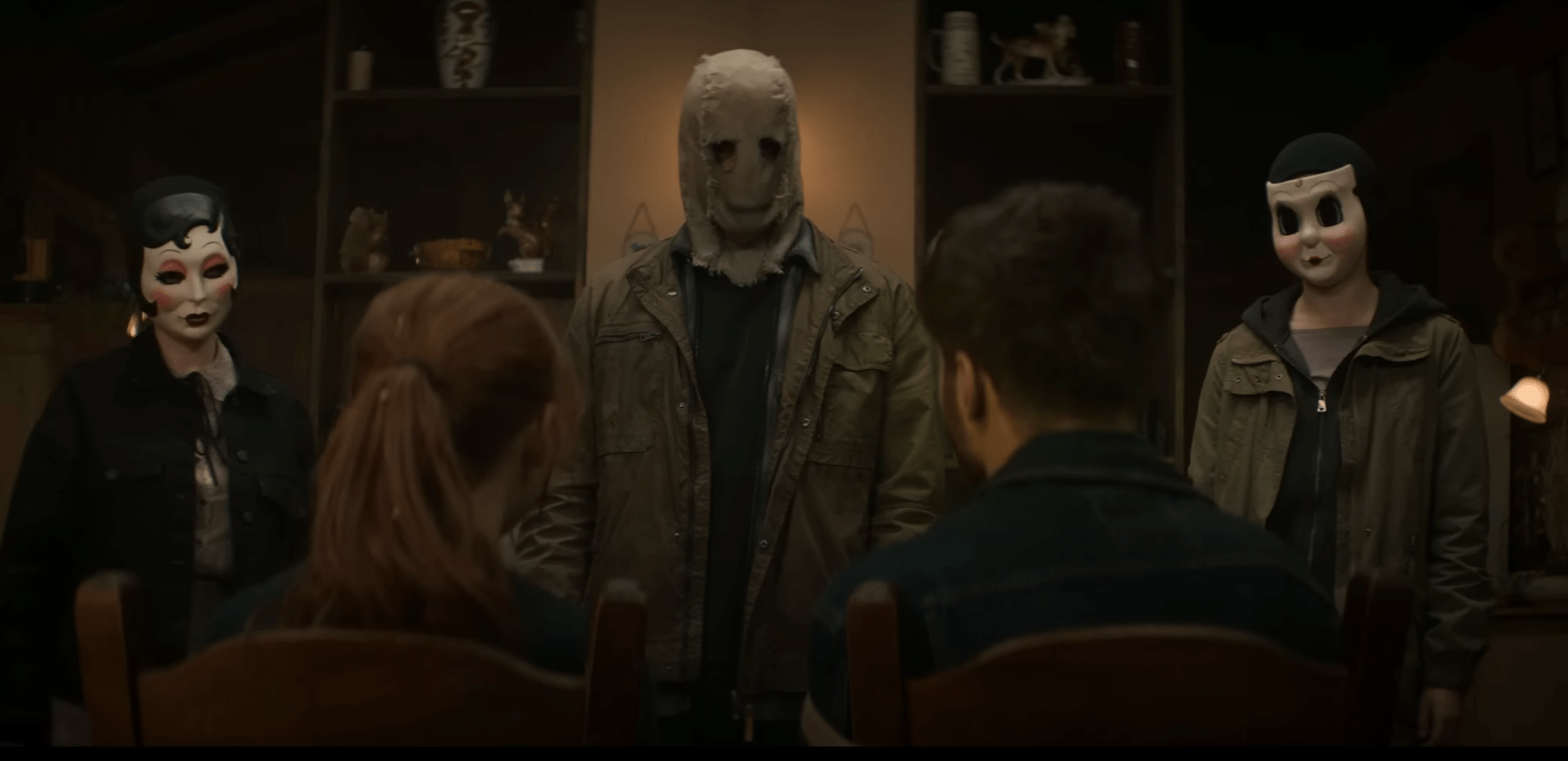
6. Remaking the original film was a conscious decision to kick off the trilogy.
It’s not until the end titles that the pair directly address the thought process behind launching the reboot trilogy with a retread of the original.
“Some people may go and watch this and go, ‘Oh, my god. It was a remake of the original.’ But actually this is just act one of our giant movie! If you watched it as a whole, then you’d be like, ‘Oh, shit. That’s just where it started,” says Solomon. “This is the 90-minute setup of the entire thing.”
Petsch concurs, “Don’t get me wrong. I also feel like the original is so good that it would be crazy to just do a remake of the original, but in order to tell the story that we were trying to tell, you kind of have to go back and do a repurposing of that story with these two new characters.”
“They did the whole first movie, the original, amazing, but that’s the jumping off point. This entire giant movie that’s become three chapters was done with a lot of love,” Solomon concludes.
The Strangers: Chapter 1 is available now on 4K Ultra HD, Blu-ray, DVD, and Digital.
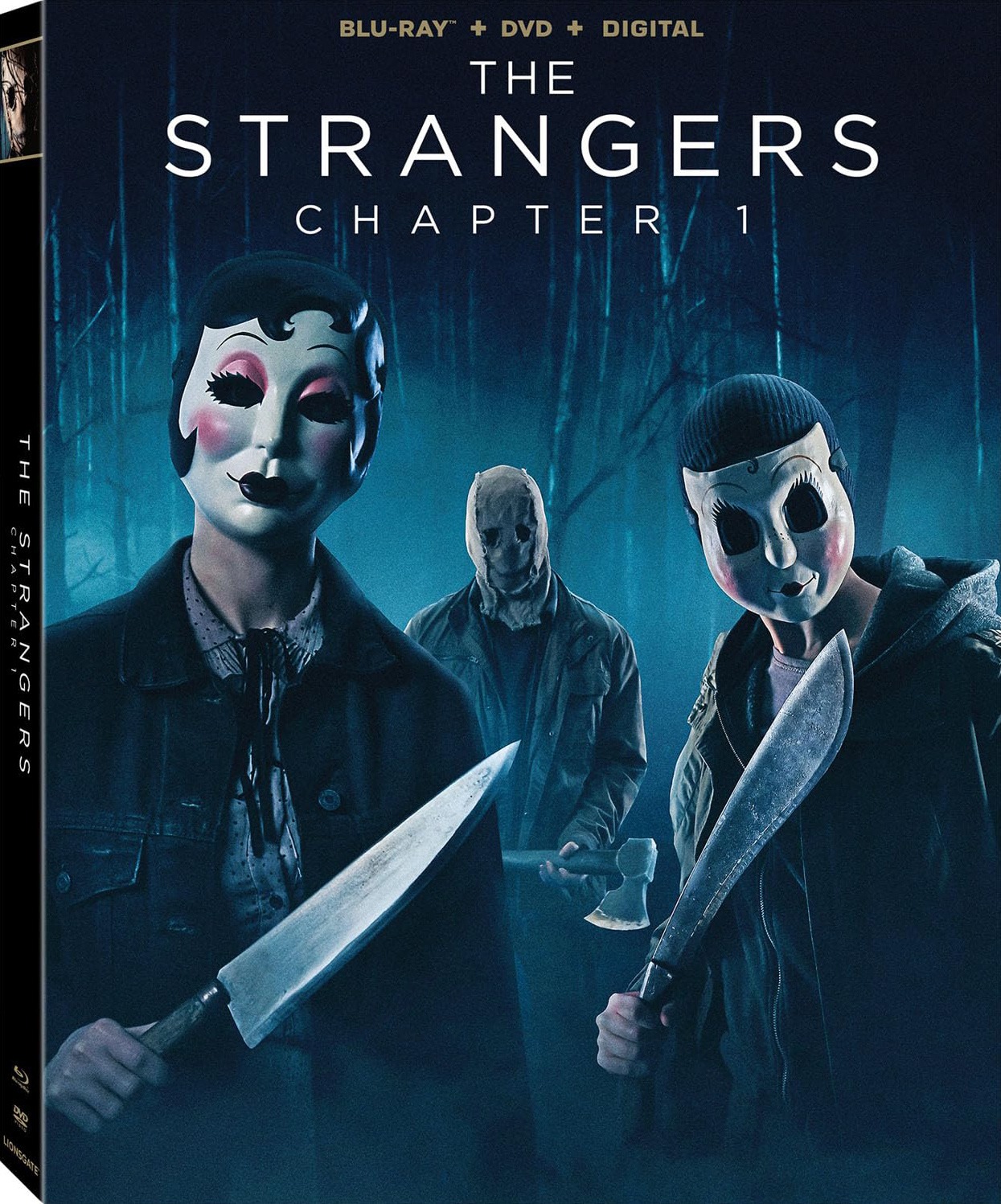
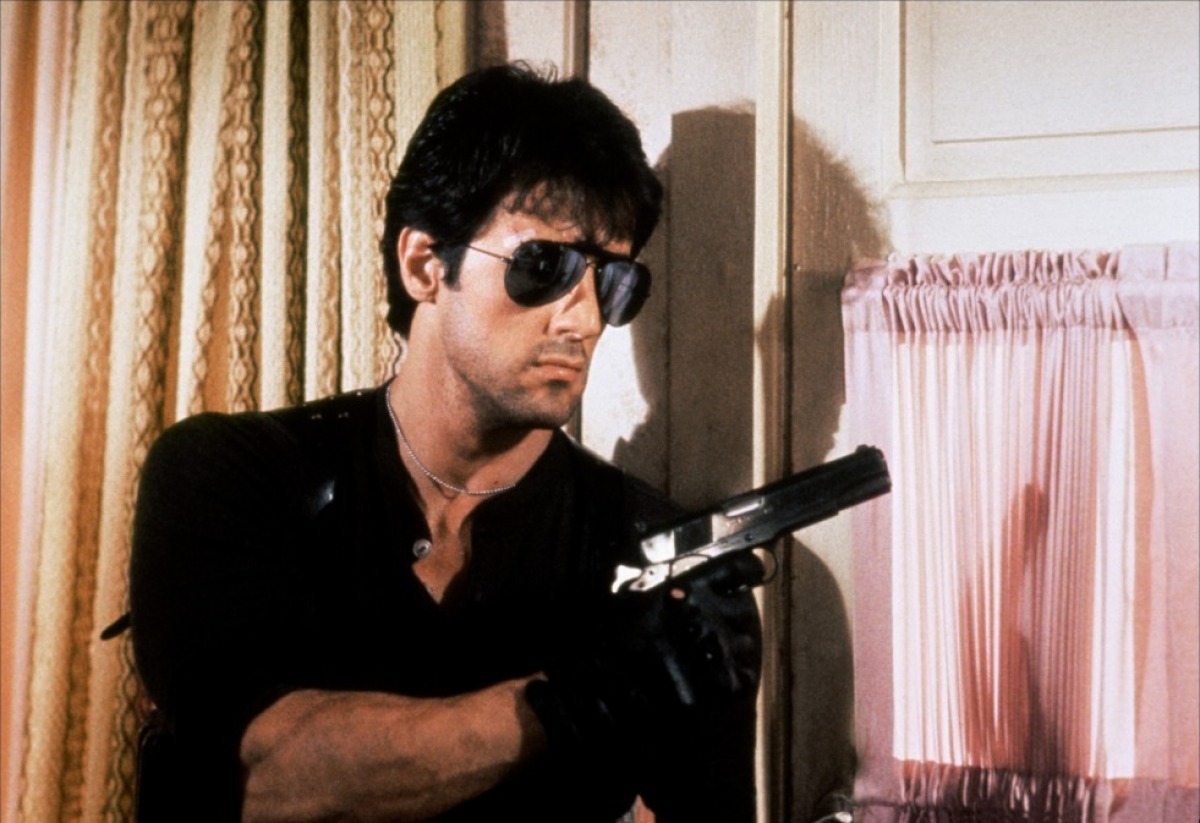


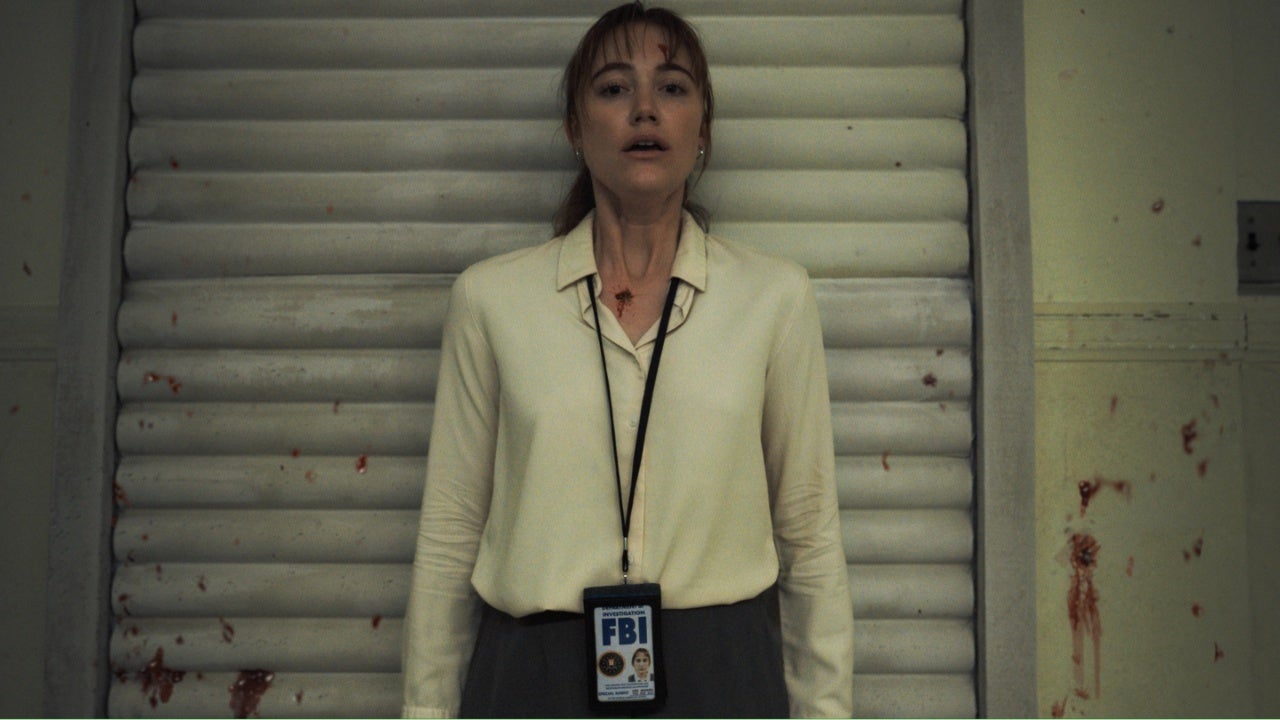




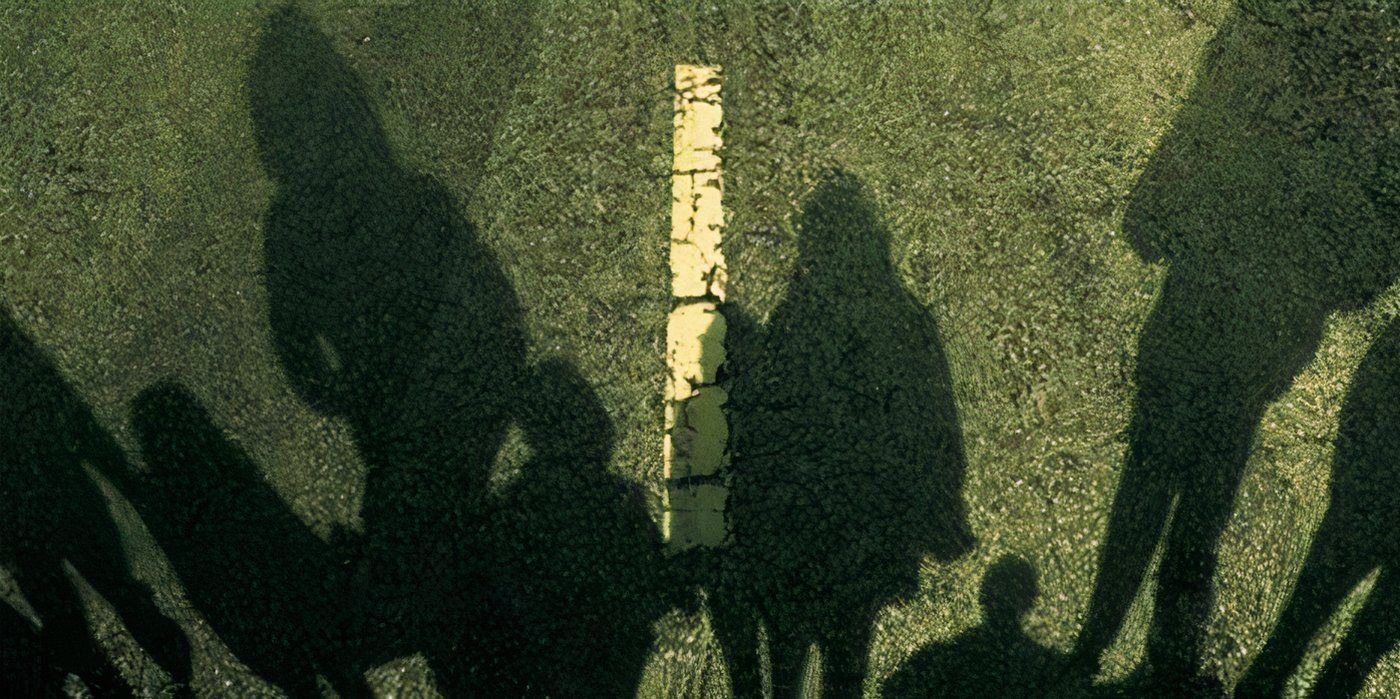



You must be logged in to post a comment.